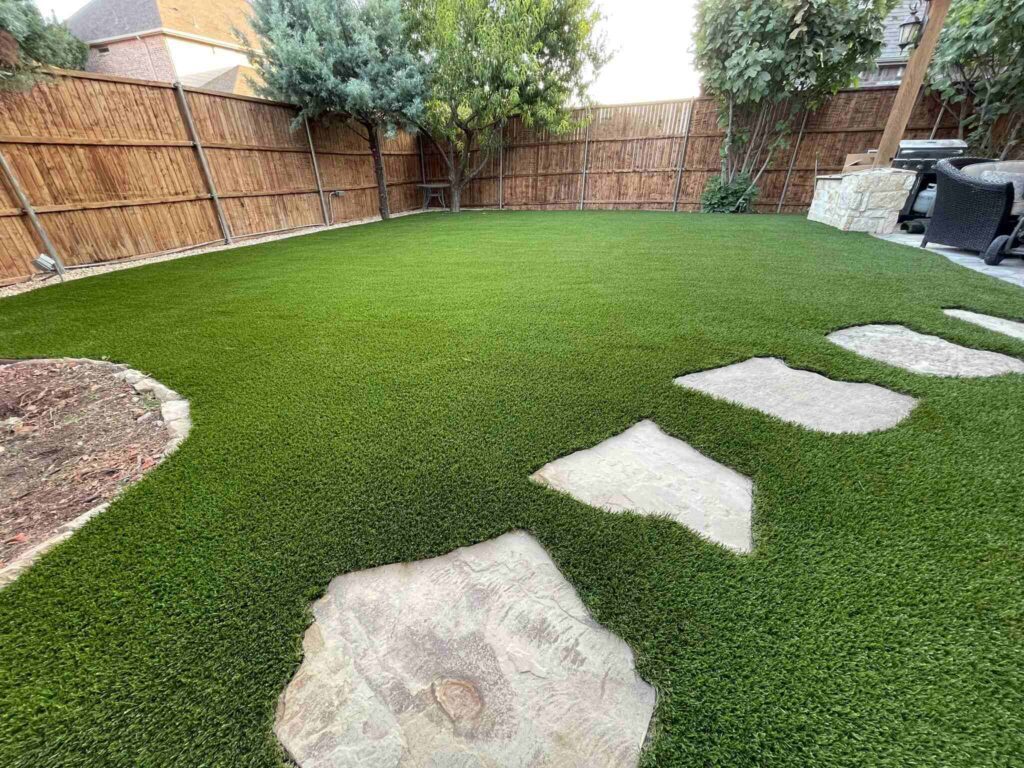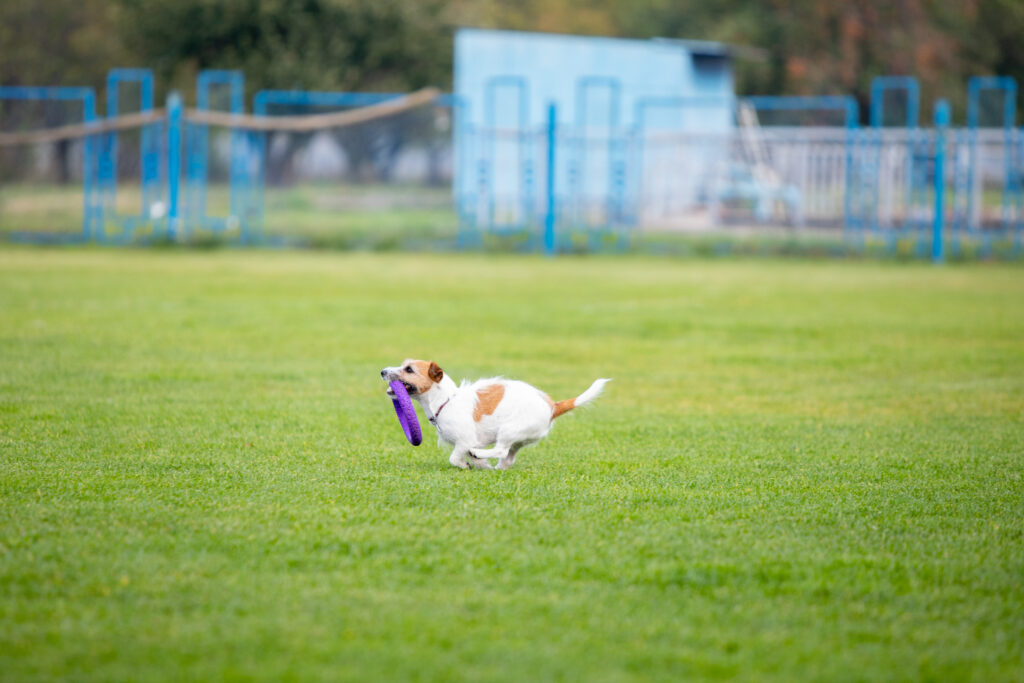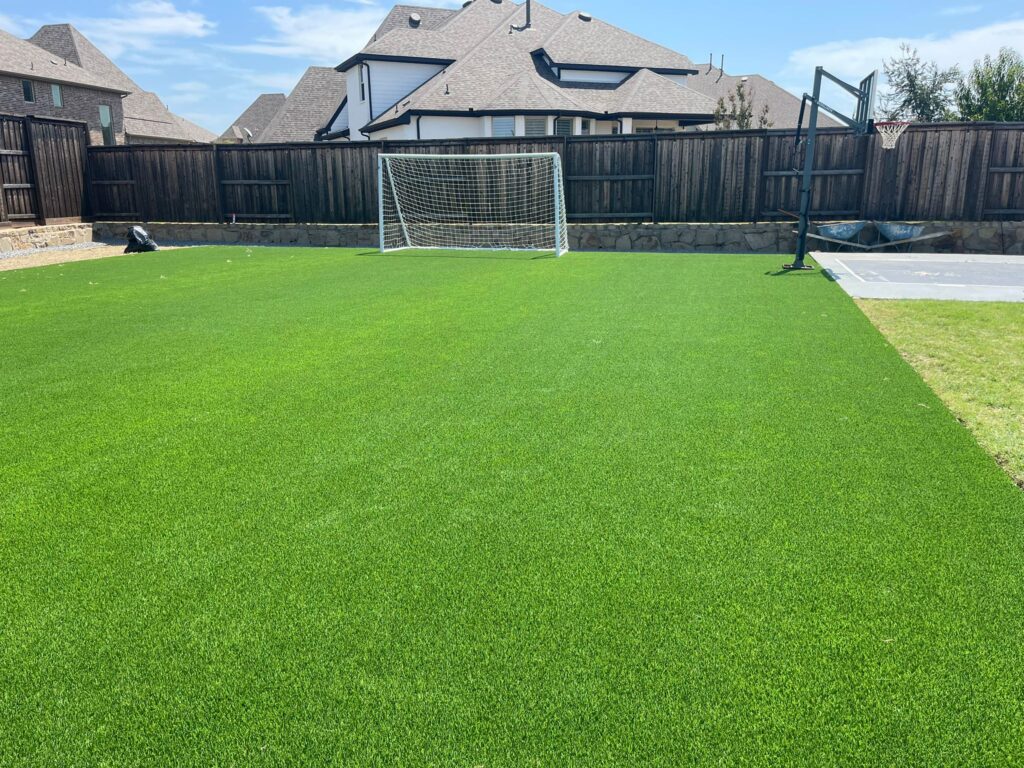High heels synthetic turf might seem like an unlikely pairing, but with the rise of outdoor events and turf installations, mastering this combination is becoming increasingly relevant. Whether you’re preparing for a garden party in your favorite stilettos or wondering about the longevity of your artificial lawn, this guide aims to address all your questions.
What Kind of Heels Can You Wear on Artificial turf?
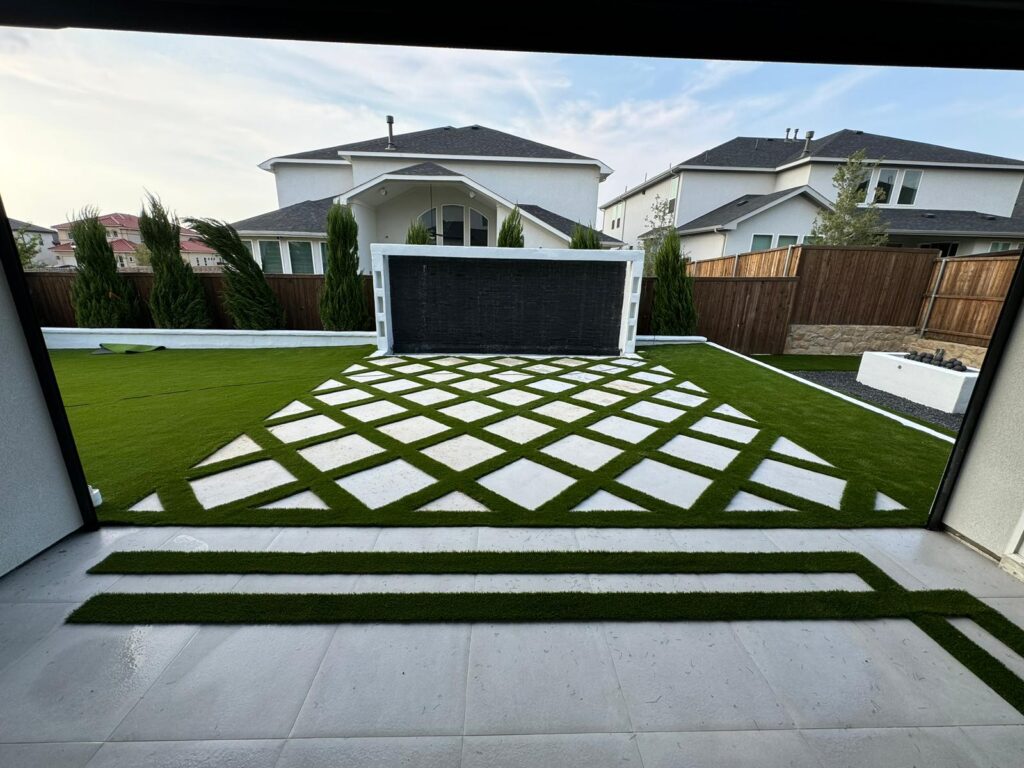
Yes, you can wear certain types of heels on grass! When it comes to navigating grassy terrains, not all heels are created equal. The key to successfully wearing heels on grass lies in their design, particularly the shape and width of the heel. Opt for block heels which provide a wider base, ensuring stability and reducing the risk of sinking into the grass. Platforms are another great choice as they distribute weight more evenly. Wedge heels offer both style and practicality, allowing for better balance and comfort while still looking chic.
While it’s tempting to wear your favorite stilettos, they are less versatile on such surfaces. The narrow heel can easily sink into the grass, making walking a challenge and posing a risk of damaging the heel itself. Always aim for a heel that combines style with functionality to make your outdoor experience enjoyable.
What Should You Not Put On Artificial Grass
To maintain your synthetic turf’s lifespan and aesthetics, it’s crucial to avoid placing certain items on it. Heavy furniture without proper support can leave indents. Opt for furniture with wide bases or use protective mats underneath. Chemicals such as pesticides and harsh cleaning agents can damage the fibers or cause discoloration, so it’s best to clean your turf with water or mild soap.
Sharp objects, including gardening tools or high heels with narrow tips, can puncture the surface. Keep these off the turf to prevent holes or tears. Lastly, avoid using grills or fire pits directly on the grass, as heat can melt the fibers. With these precautions, your artificial lawn will remain pristine for years to come.
How to Wear High Heels on Grass
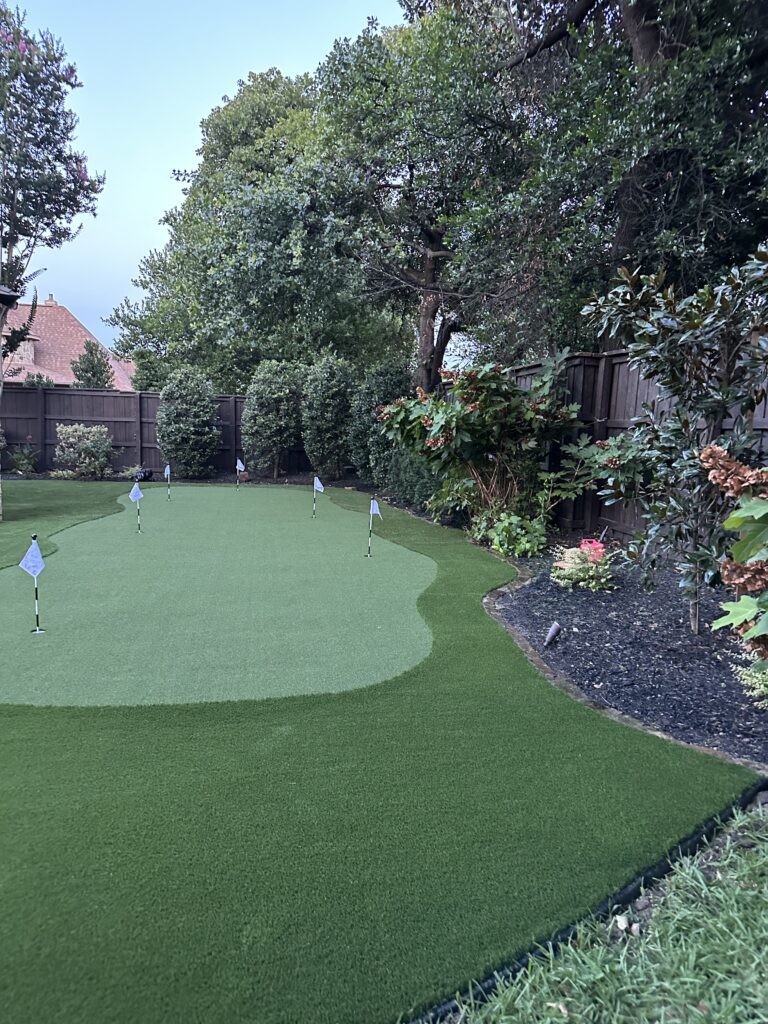
here’s a trick to wearing high heels on grass with ease! First, practice your walk on softer surfaces before the event. This builds confidence and helps you understand how your chosen footwear interacts with the grass. Consider heel protectors, which are clear caps that attach to the heel, providing extra support and preventing it from sinking.
Select shoes with a grippy sole to prevent slips, especially if the grass is damp. When walking, distribute your weight evenly and take shorter steps. This prevents pressure buildup on the heels and ensures a smoother stride. With these tips, you’ll glide gracefully across any grassy terrain.
Can You Wear Block Heels on Turf
Yes, block heels are a fantastic option for synthetic turf! With their wide base, block heels offer excellent support and stability, making them ideal for soft surfaces like artificial grass. Unlike narrower heels that might sink or cause imbalance, block heels distribute weight more effectively.
When choosing block heels, consider the material and sole for added traction. A rubber sole can enhance grip, reducing the chances of slipping. Plus, they come in various styles and heights, ensuring you don’t have to compromise on fashion. Whether for a casual outing or a formal event, block heels are your go-to choice for style and stability on turf.
Can You Go Barefoot on Turf
Yes, you can comfortably go barefoot on synthetic turf! Unlike natural grass, which may have hidden pebbles or insects, artificial turf provides a smooth and consistent surface, making it perfect for barefoot activities. The grass blades are soft, offering a plush feel underfoot, and the padding beneath ensures comfort.
However, be mindful of the temperature. On hot days, turf can absorb heat, becoming warm to touch. Always check by hand before stepping on it barefoot. With these considerations in mind, enjoy the sensation of grass between your toes without the worry of dirt or bugs.
How to Keep Your Heels from Sinking in Grass

You can prevent your heels from sinking into grass with a few handy tricks! Start with heel stoppers, which increase the surface area of the heel tip, providing stability and preventing it from sinking. These are available in various sizes to fit different heel shapes and are discreet when worn.
Choose the right footwear, such as wedges or block heels, which naturally provide more support. If you find yourself in stilettos, walk on the balls of your feet or stick to paved areas whenever possible. With these tips, you’ll confidently tread any grassy venue.
Can You Wear Flat Shoes on Turf
Yes, flat shoes are perfectly suited for synthetic turf! Offering comfort and stability, flats are an excellent choice for casual and leisurely activities on artificial grass. Their flat soles provide even weight distribution, reducing the risk of tripping or slipping.
Opt for flats with a textured sole, like sneakers or loafers, for added grip. This ensures safety, especially when the turf is wet. With their versatile design, flat shoes complement various outfits while providing ease and comfort on synthetic surfaces.
How Long Does Artificial Turf Last in Texas
Artificial turf can last 10-20 years in Texas! Its durability varies based on quality, installation, and maintenance. With proper care, your turf can withstand the Texas sun and occasional storms, remaining lush and vibrant for decades.
Regular cleaning, occasional brushing, and avoiding sharp objects can prolong its life. Invest in UV-resistant turf to combat sun fading. By following these guidelines, your synthetic lawn will stay pristine and green for many years.
FAQs on high heels synthetic turf
Can You Wear high heels synthetic turf ?
Yes, but choose wisely! Opt for block or wedge heels to prevent sinking. Avoid narrow heels that can puncture the turf.
What Shoes to Wear on Synthetic Turf?
Wear shoes with good grip and support. Flats, sneakers, and block heels are ideal choices for comfort and style.
What Are the Negative Effects of Turf?
Turf can get hot, may not absorb rainwater well, and can become slippery when wet. Regular maintenance mitigates these effects.
Why Does Turf Hurt So Bad?
Poorly maintained or uneven turf can cause discomfort. Ensure proper installation and regular checks for optimal comfort.
Does Artificial Turf Burn Your Feet?
Yes, on hot days, turf can become warm. Test before walking barefoot to avoid discomfort.
What Ruins Artificial Turf?
Sharp objects, heavy furniture, and harsh chemicals can damage turf. Use protective measures and clean gently.
Is Artificial Turf Bad for Knees?
When installed correctly, turf is generally safe. However, hard or uneven surfaces can strain joints. Proper maintenance ensures safety.
Does Artificial Turf Get Hot?
Yes, turf absorbs heat and can become warm. Consider shade or cooling solutions for comfort.
Conclusion
Incorporating high heels into your outdoor events doesn’t have to be daunting. With the right tips and footwear choices, you can confidently strut on grass or synthetic turf. Meanwhile, understanding the care and maintenance of artificial turf ensures it remains a beautiful addition to your space for years. Whether you’re stepping out in style or enjoying barefoot moments, being informed makes all the difference. Explore further resources to enhance your knowledge and make the most of both worlds.

